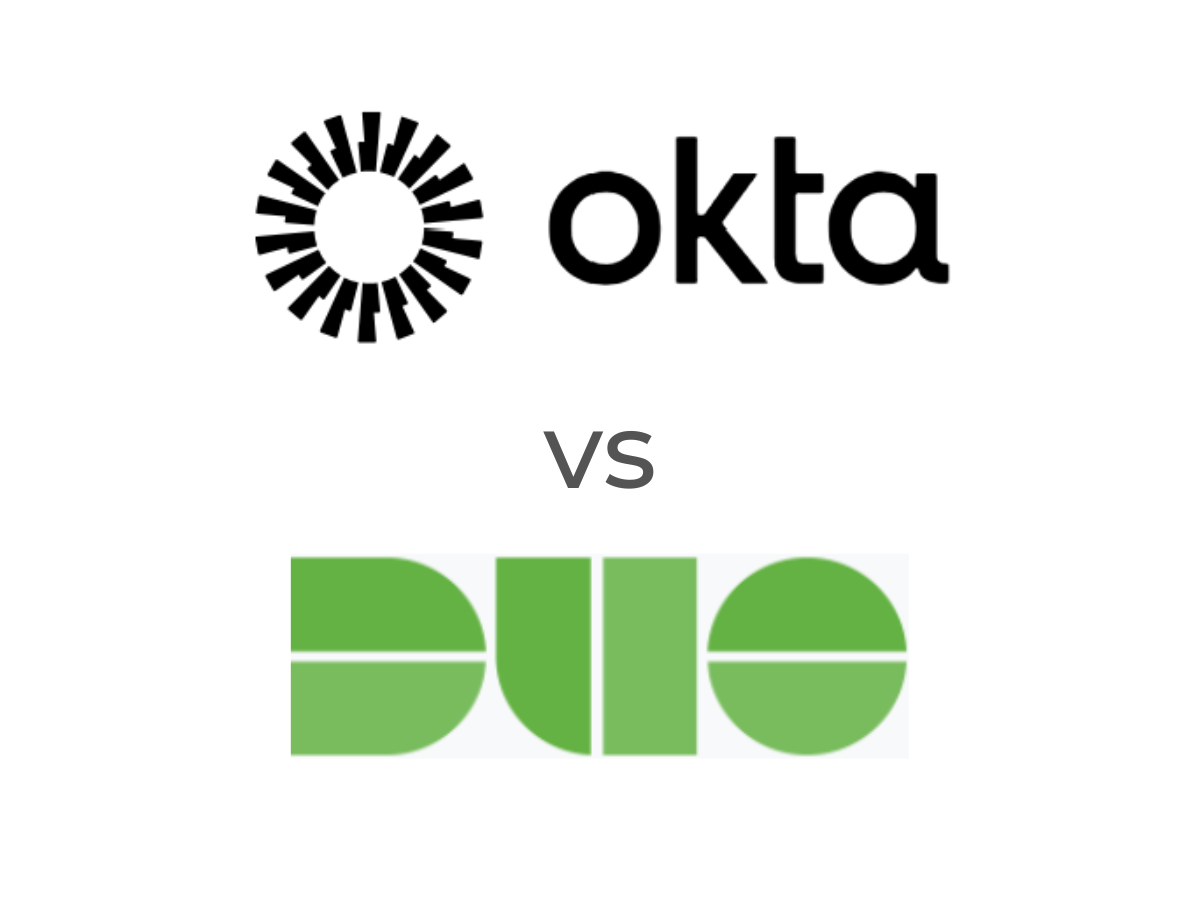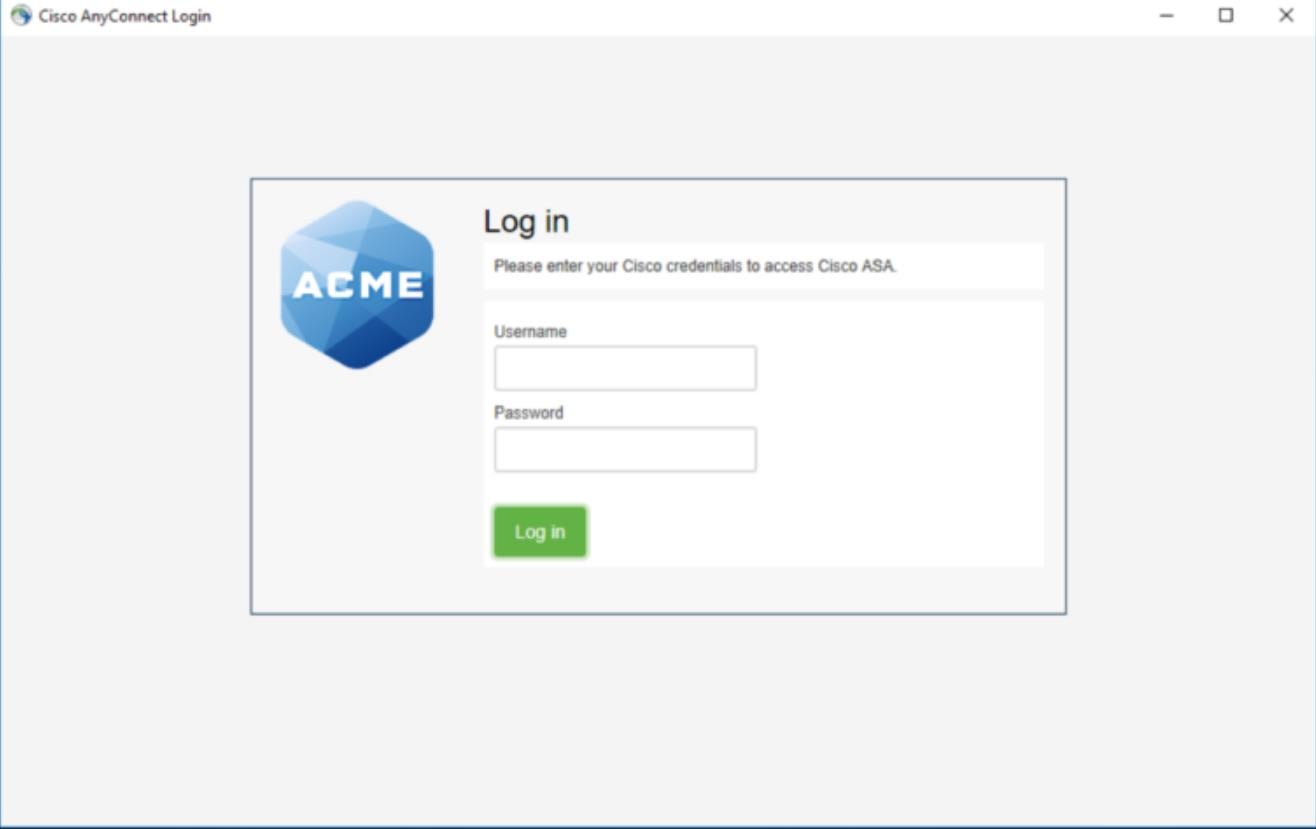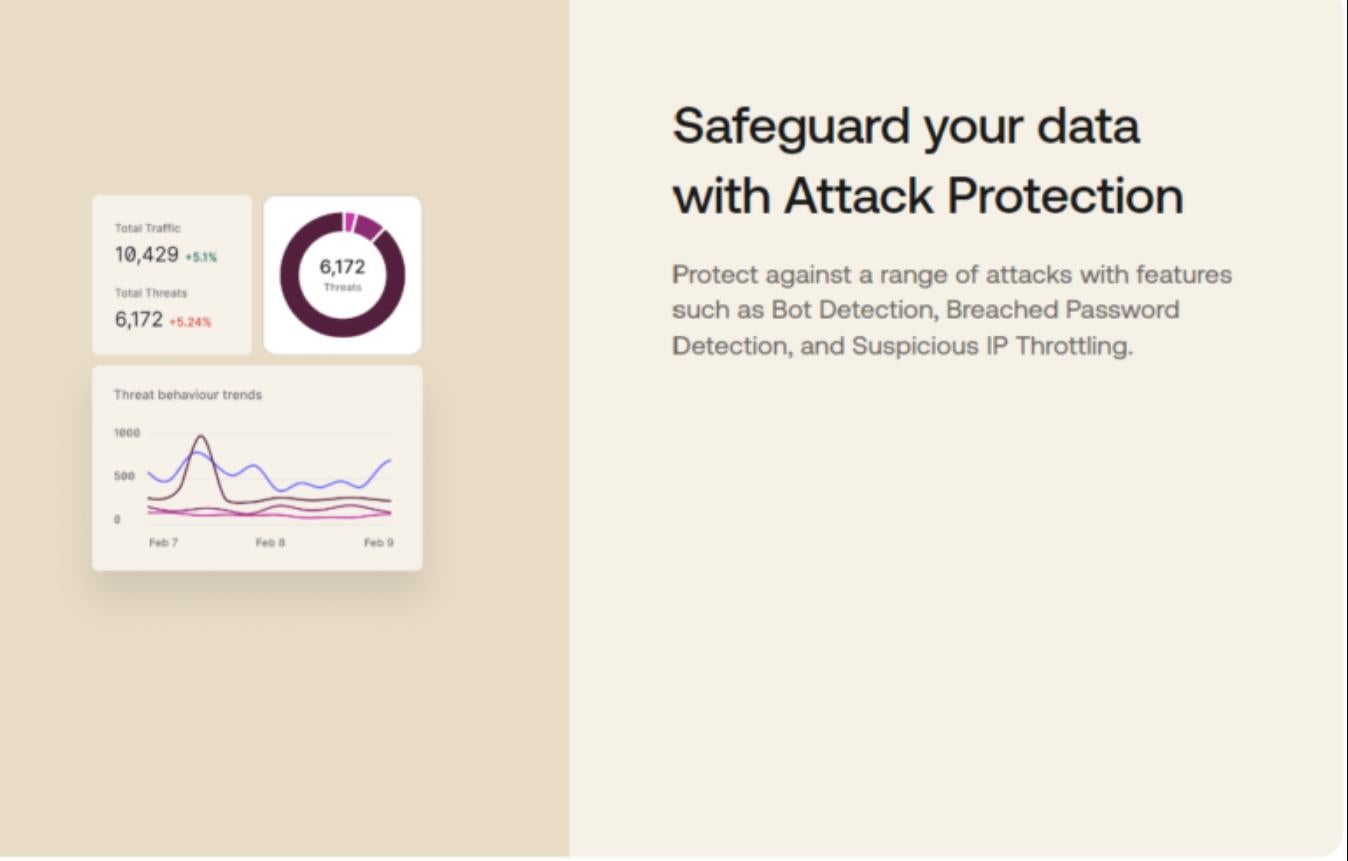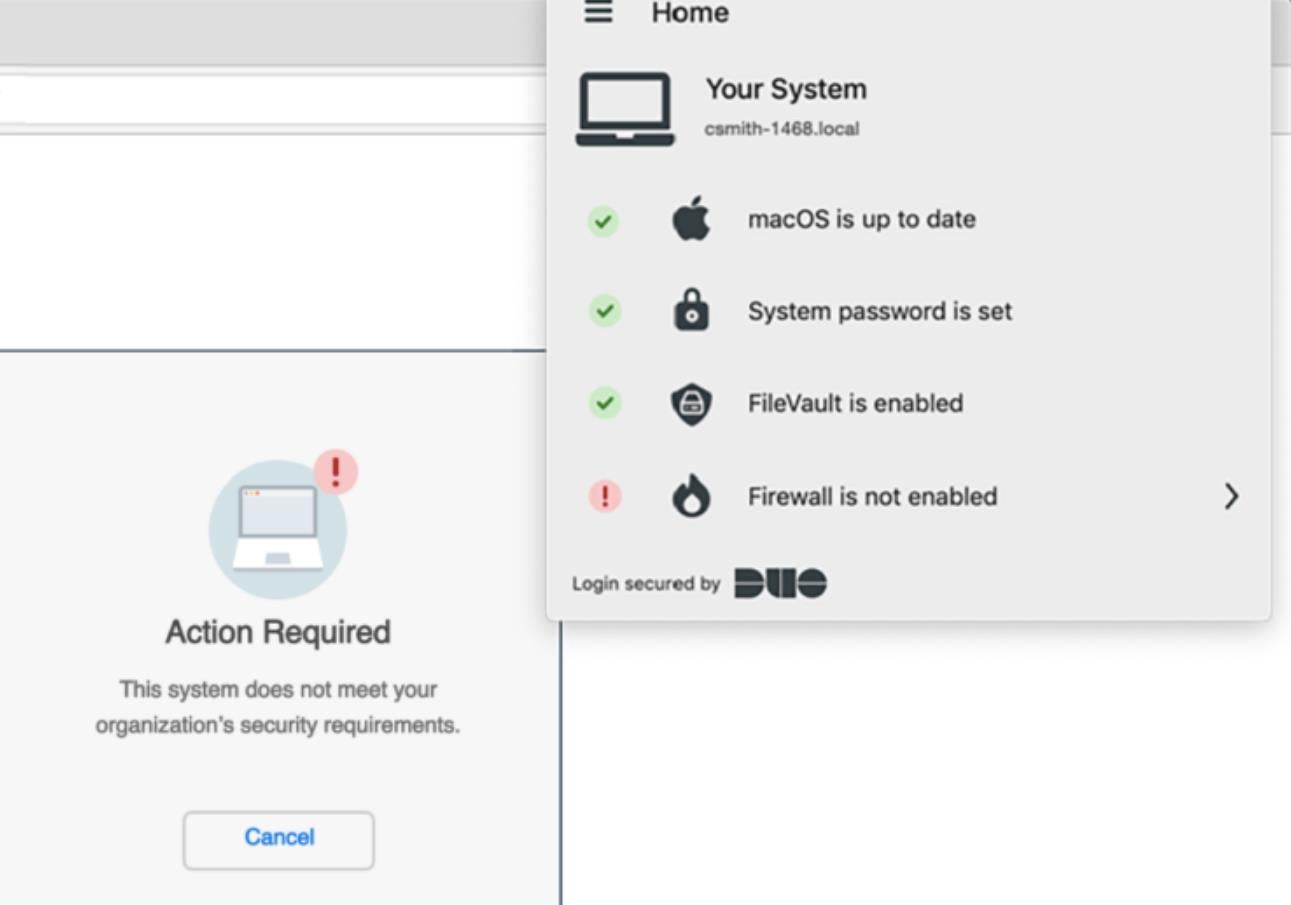- These earbuds sold me on the open-ear form factor (and sound great for the price)
- 3 Apple Intelligence features that would convince me to ditch Gemini and ChatGPT
- Over 90% of Top Email Domains Vulnerable to Spoofing Attacks
- How to screen record on your iPhone - it's easy
- ¿Están los CIO sucumbiendo al peso de las expectativas de generar valor empresarial?
Okta vs Duo (2024): Which IAM Tool Is Best for Your Business?

Identity and access management solutions like Okta and Duo are extremely valuable for organizations that want to centralize user identity management, authentication processes and access privileges across various systems and applications. While both Okta and Duo offer strong identity management features like multi-factor authentication, user provisioning, single sign-on and endpoint visibility, there are still notable differences in how each vendor approaches IAM. Duo, which is now part of Cisco Security, takes a more unified approach to IAM, while Okta uses a two-pronged approach: workforce identity cloud and customer identity cloud.
To get the full gist of each vendor’s value propositions, we’ve reviewed the features and capabilities of each IAM solution, their pricing details, strengths and weaknesses, all of which will help you make the best decision for your organization.
Okta vs. Duo: Comparison
Okta and Duo are similar in many ways, including authentication methods, monitoring features, integration and compatibility.
| Features | Okta | Duo |
|---|---|---|
| Multi-factor authentication | Yes | Yes |
| Risk-based authentication | Yes | Yes |
| Administrator positioning | Yes | Yes |
| Passwordless | Yes | Yes |
| Integrations | More extensive and vendor agnostic. | More suitable for Cisco customers. |
| Zero Trust architecture | Yes | Yes |
| Pricing | Individual product prices range from $2 to $15 per user per month. | Packages start at $3 per user per month. |
| Visit Okta | Visit Duo |
Okta and Duo pricing
While pricing in both Okta and Duo is based on the number of users, Okta’s is further determined by the product you choose. Both vendors offer a 30-day free trial.
Okta offers the following plans:
Workforce Identity Cloud: This plan is designed for organizations looking to unify and secure identity management for their workforce. Under this plan, there are 10 product offerings with their respective prices ranging from $2 to $15 per user per month.
Customer Identity Cloud: This plan is for businesses looking to integrate identity into their customer-facing application. It includes packages designed for developers, enterprises, B2C and B2B. The Enterprise plan requires reaching out to Okta for a quote, while the B2C and B2B plans start at $35 and $150, respectively.
Duo offers the following plans:
Essentials: Starts at $3 per user per month and covers features like MFA, Verified Duo Push, passwordless, trusted endpoints and SSO.
Advantage: Starts at $6 per user per month and includes every feature in the Essentials plan, plus device health, risk-based authentication and threat detection.
Premier: Starts at $9 per user per month and includes every feature in the Advantage plan, plus VPN-less remote access to resource control.
Feature comparison: Okta vs. Duo
Okta and Duo offer a range of capabilities designed to enhance security and streamline user authentication processes.
Authentication methods
Okta users can leverage many authentication methods, including:
- MFA.
- Risk-based authentication.
- Passwordless authentication.
- Computer recognition authentication.
- Biometric authentication.
- Transaction authentication.
- Social media/external identity provider authentications.
Duo provides similar authentication methods. With Duo, users can get push notifications available on the Duo mobile app, WebAuthn, biometrics, hardware tokens and passcodes. While the Okta and Duo platforms prioritize MFA for security, Okta offers a more extensive selection of authentication options.

Remote access security
Okta enables secure access for remote users. In addition to collaboration tools to assist with communication among remote teams, the solution provides cloud and on-premises services through deployment on an SSO solution. Okta’s remote users can further secure their internal network with remote use by adding MFA as a supplementary layer of security. MFA can be used to connect on-premises applications and access servers remotely.
Duo also provides secure remote access for a remote workforce that can be used without a virtual private network. The Duo Network Gateway is Duo’s remote access proxy, which can streamline secure remote access for organizational members. The Duo Network Gateway enables authorized users access to organizations’ web applications, websites, and SSH and RDP servers based on permission controls.
Security analytics and monitoring features
Okta’s security analytics feature offers visibility into monitored data. The security monitoring widget displays organization metrics and suspicious activity, and it updates automatically. HealthInsight audits security settings and suggests improvements, while ThreatInsight provides log-in attempt information and allows event logging or blocking network traffic.

Duo’s Trust Monitor highlights security events for administrators, using up to 180 days of historical data to establish baseline behavior and score deviations. Duo also has a Trusted Endpoints feature that enables users to confirm if devices are registered before allowing access.

Integration and compatibility
Okta boasts 7,000+ pre-built integrations, making it a vendor-agnostic solution for IAM. This extensive integration ecosystem enables connectivity between Okta and existing infrastructure, streamlining user access management across multiple platforms. In addition, Okta integrates well with notable business applications such as Slack, DocuSign, Workday, Zendesk and AWS.
In comparison, Duo integrates with many platforms but tends to lean more toward the Cisco ecosystem. Nevertheless, Duo still provides compatibility with a variety of applications and platforms. Apart from Cisco, other organizations that currently integrate with Duo’s IAM solution include Box, Eventbrite, Aha, Arraya and Optimax Systems, among others.
Okta pros and cons
Despite Okta’s strong outing in the IAM market, there are still some notable weaknesses to note.
Pros of Okta
- Offers extensive IAM features.
- Identity cloud integrations with top applications like Zendesk, G Suite, Salesforce and Workday.
- Robust MFA support.
- Offers a 30-day free trial.
- Compatibility with web-based applications, iOS, Android, PC and mobile devices.
Cons of Okta
- Pricing for some products may be costly for some customers.
- Implementing and configuring Okta IAM can be complex.
Duo pros and cons
Below is a breakdown of the advantages and drawbacks to note in Duo.
Pros of Duo
- Offers a free MFA plan for up to 10 users.
- Comes with a 30-day free trial.
- Provides a variety of authentication options like push notifications, biometrics and hardware tokens.
- Easy to use.
- Integrates with Cisco’s extensive network.
Cons of Duo
- Its integration ecosystem might not be as extensive as that of some other IAM solutions.
- VPN-less remote secure access is only available on Premier plan, which might be costly for small organizations.
Methodology
To draw a balanced comparison between Okta and Duo, I utilized the 30-day free trial available on both platforms to assess and compare their capabilities. I focused my evaluation criteria on features such as security and authentication support, integration capabilities, deployment options and cost considerations.
During testing, I noticed that Okta integrates very well with AWS and Workday, while Duo is more suitable in the Cisco ecosystem. I also used information from vendor documentation pages, reviews on Gartner Peer Insights and other reputable product review sites to shape my assessment.
Should your organization use Okta or Duo?
The choice between Okta and Duo depends on your organization’s specific requirements, existing infrastructure and priorities. Evaluating your needs and conducting a thorough assessment of these IAM solutions will help you determine the most suitable fit for your organization’s IAM strategy.
Okta’s comprehensive suite of services, extensive integration ecosystem and scalability make it a popular choice for organizations seeking a holistic IAM solution. However, Duo’s focus on simplicity, user-friendly interface and Cisco integration make it an excellent option for organizations looking for effective IAM without breaking the bank.

